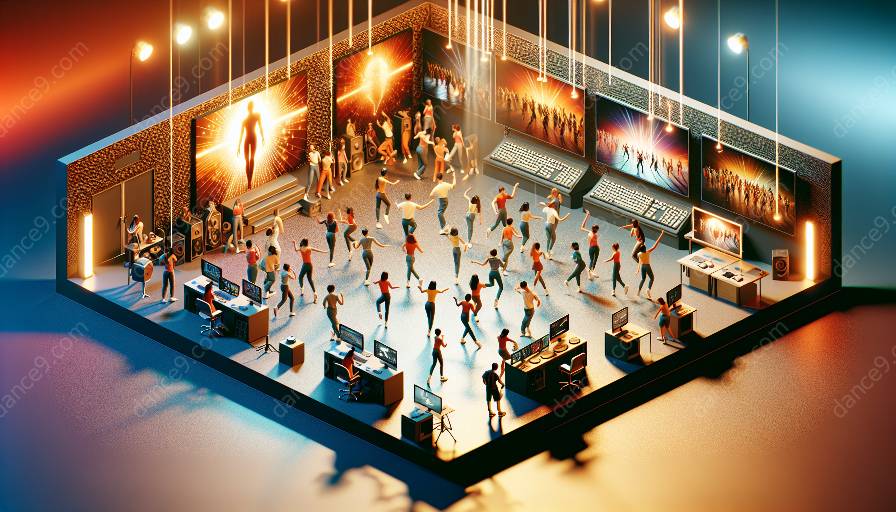Imagine a dance classroom where technology intricately weaves with artistic expression, bringing forth a new era of innovation and learning.
As dance continues to evolve, so does the integration of technology into its education and practice. With the advent of motion capture technology, the possibilities for enhancing the learning experience and artistic output in dance have expanded exponentially.
Motion Capture Technology: An Overview
Motion capture, often abbreviated as mocap, is a process of recording the movement of objects, often human actors or dancers, to create a digital representation of their motion. It has gained widespread use in the entertainment industry for creating realistic animations in movies and video games. However, its application in dance education holds immense potential.
Enhancing Dance Education
One of the key benefits of motion capture technology in dance education is its ability to provide real-time feedback and analysis of movements. By using motion capture systems, dance students can receive detailed visualizations and data about their performance, allowing for better understanding and correction of their techniques.
Additionally, motion capture technology enables the creation of interactive virtual environments that simulate different dance settings, styles, and scenarios. This immersive experience can significantly enrich the learning process and expand the creative horizons of dancers.
Integration with Video Art
When motion capture technology converges with video art, a new realm of artistic expression is unveiled. Imagine dancers' movements being transformed into mesmerizing visual compositions that seamlessly blend with digital imagery. Video art can capture the essence of dance in ways that traditional recording methods cannot, offering fresh perspectives and avenues for creative exploration.
Embracing Technological Advancements
The marriage of dance and technology has already birthed groundbreaking collaborations and performances. With motion capture technology, choreographers and dancers can push the boundaries of creativity by incorporating digital elements and effects into their works. This integration opens up a realm of endless possibilities, where dance becomes a canvas for technological innovation.
Empowering Future Dancers
As the dance world continues to embrace technology, the next generation of dancers can harness motion capture technology as a fundamental tool for artistic expression and skill development. By integrating technological literacy into dance education, students can cultivate a deeper understanding of the ever-evolving relationship between movement, visuals, and technology.
Conclusion
Motion capture technology holds the potential to revolutionize dance education by offering unparalleled insights into movement, fostering creativity through interdisciplinary collaborations, and preparing dancers for the future. The intersection of dance, video art, and technology opens doors to a world where boundaries between physical and digital realms blur, ushering in a new era of artistic evolution.

































